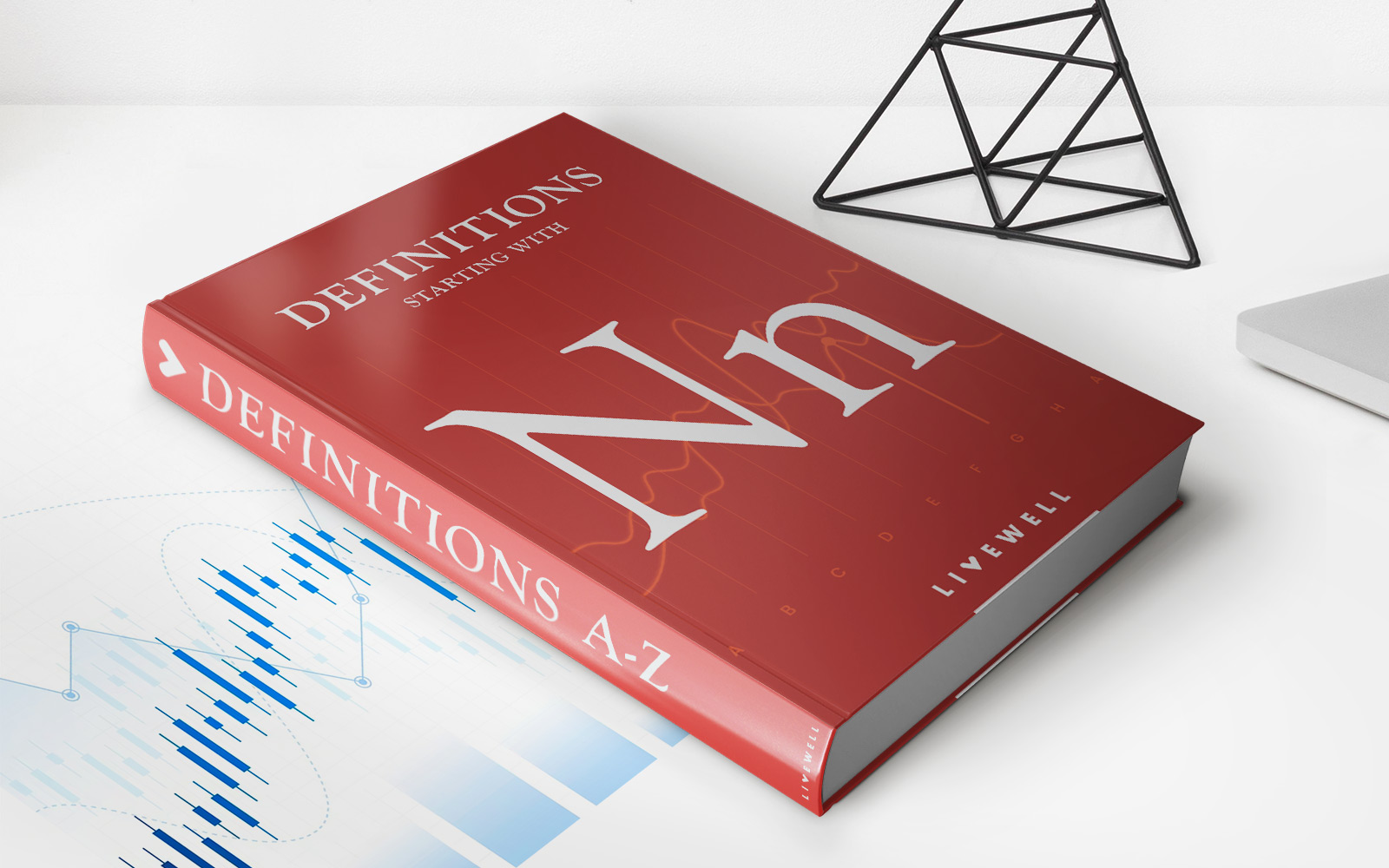

Finance
Group Carve-Out Plan Definition
Published: December 2, 2023
Discover the meaning of a group carve-out plan in the world of finance. Learn how this strategic financial move can benefit your organization.
(Many of the links in this article redirect to a specific reviewed product. Your purchase of these products through affiliate links helps to generate commission for LiveWell, at no extra cost. Learn more)
Group Carve-Out Plan Definition: A Comprehensive Guide
Welcome to our FINANCE category, where we aim to provide you with expert insights and valuable information on various financial topics. In this blog post, we will delve into the world of group carve-out plans, explaining what they are, how they work, and why they can be beneficial for both employers and employees.
Key Takeaways:
- Group carve-out plans are supplemental life insurance programs that allow employers to offer additional coverage to select employees, typically top executives or highly valued team members.
- These plans work by “carving out” a specific group of employees from a larger group policy, offering them customized coverage and often more attractive rates.
Now, let’s dive deeper into the topic to truly understand what group carve-out plans entail and how they can be utilized within your organization.
What is a Group Carve-Out Plan?
A group carve-out plan, also known as a carve-out or selective carve-out plan, is a type of supplemental life insurance program offered by employers to specific individuals or a select group of employees. Typically, these individuals are top executives, key employees, or those who offer significant value to the organization.
These plans work by “carving out” a subset of employees from a larger group insurance policy. The carved-out employees are then provided with a customized life insurance plan, often with specialized features and benefits that are not available under the group policy.
Why Choose a Group Carve-Out Plan?
Employers opt for group carve-out plans for several reasons, including:
- Improved coverage: Carve-out plans allow employers to offer additional coverage to key individuals who may require higher levels of life insurance protection.
- Attractive rates: Since carve-out plans are customized to specific individuals or groups, they often offer more competitive rates compared to traditional group policies.
- Retained control: Employers have greater control over the features, benefits, and underwriting criteria of the carve-out plans, allowing them to tailor the coverage to meet the specific needs of the selected employees.
- Tax advantages: Depending on the design of the plan and applicable tax laws, group carve-out plans can offer potential tax advantages to both the employer and the employees.
The Benefits for Employees
Employees who are included in a group carve-out plan can reap several advantages, such as:
- Enhanced coverage: Carve-out plans often provide higher amounts of coverage compared to standard group policies, ensuring that key individuals have the requisite protection.
- Portability: Carve-out plans may offer employees the opportunity to convert their coverage to an individual policy, thereby maintaining their life insurance coverage even if they change employers.
- Customized benefits: Carve-out plans can be designed to meet specific needs, incorporating features like disability or critical illness riders, supplemental retirement benefits, or other perks not typically available through traditional group policies.
In conclusion, group carve-out plans can offer employers greater flexibility in providing enhanced life insurance coverage to selected employees, while also offering tailored benefits and potential cost savings. If you’re interested in implementing a group carve-out plan for your organization, it’s crucial to consult with a knowledgeable financial advisor or insurance professional who can guide you through the process and ensure the plan aligns with your specific objectives.














